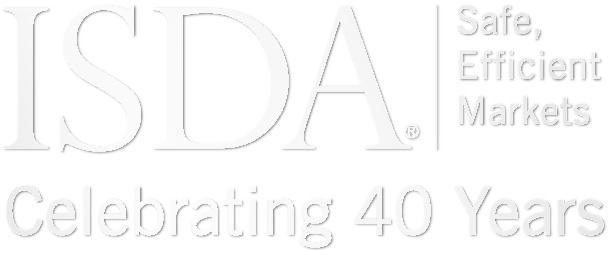On April 7, ISDA responded to the European Securities and Markets Authority’s (ESMA) consultation on draft regulatory technical standards (RTS) under article 49(5) of the European Market Infrastructure Regulation (EMIR), on the conditions for an application for validation of model changes and parameters under Articles 49 and 49a of EMIR, which have been revised as part of EMIR 3.
In the consultation paper, ESMA sets out proposed quantitative thresholds and qualitative elements to be considered when determining whether a model change is significant. In the response, ISDA noted that more information would be necessary to understand the rationale behind the thresholds that are proposed. ISDA provided comments on ESMA’s interpretation of ‘concentration risk’ and on the proposed lookback period for assessing whether a change in significant.
Documents (1) for ISDA Response to ESMA on CCP Model Validation
Latest
From Milestone to Modernization
We’re coming to the end of an exceptionally busy year at ISDA, in which we celebrated our 40th anniversary and doubled down on our enduring commitment to safe and efficient derivatives markets. Reflecting on ISDA’s achievements since 1985, it’s clear...
Response on ASIC Derivative Transaction Rules
On December 3, ISDA submitted a response to the Australian Securities and Investments Commission (ASIC) consultation on the remake of the ASIC Derivative Transaction Rules (Clearing) 2015, which are due to sunset on April 1, 2026. ASIC proposed to remake...
IRD Trading Activity Q3 2025
This report analyzes interest rate derivatives (IRD) trading activity reported in Europe. The analysis is based on transactions publicly reported by 30 European approved publication arrangements (APAs) and trading venues (TVs). Key highlights for the third quarter of 2025 include:...
Ardagh Credit Event Processing and Trading
The Credit Derivatives Determinations Committee announced on December 15 that a restructuring credit event has occurred with respect to Ardagh. An ISDA Credit Market Infrastructure Group call was held on December 15 to discuss the processing of this event. The...



